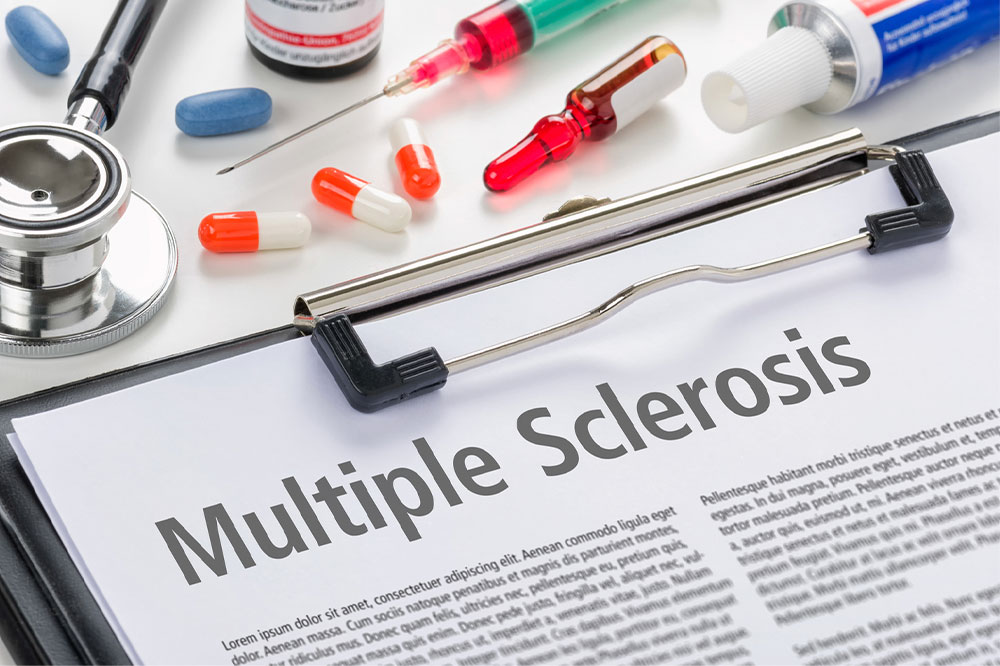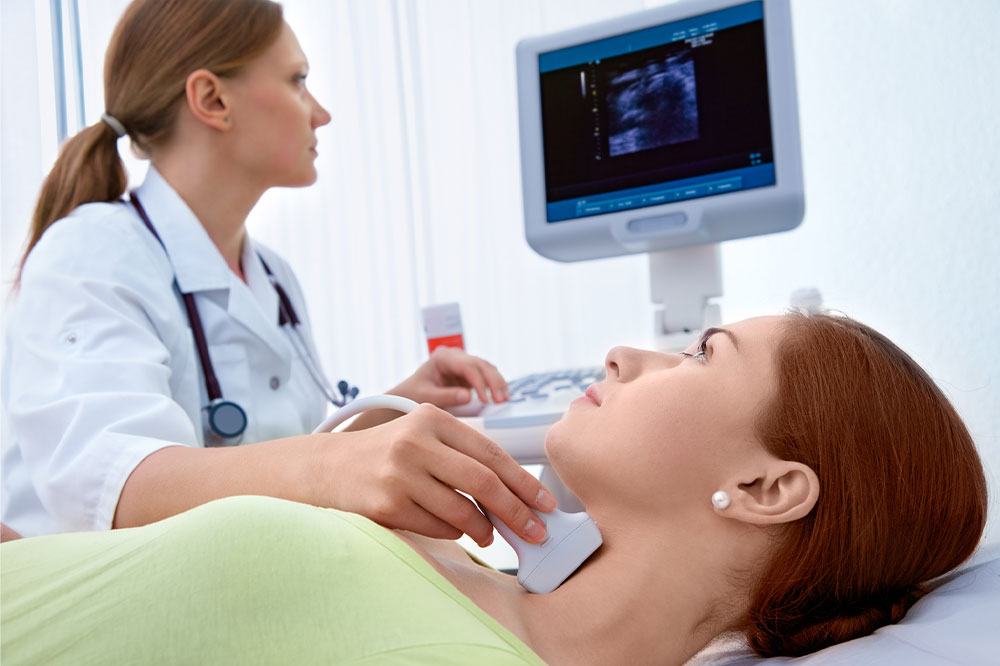7 early warning signs of arthritis

Arthritis is characterized by the tenderness and swelling of one or more joints in the body. Some of the most common types of arthritis include rheumatoid arthritis and osteoarthritis. The condition results in multiple symptoms, most of which usually get diagnosed due to other health complications and age. But the symptoms may affect one’s quality of life. So it is imperative to identify the signs early and initiate a treatment plan for managing the condition.
Pain in a joint
Pain in one or more joints may occur due to certain situations, including injuries or joint overuse. Infections like the flu may also trigger acute pain in certain joint areas. In such situations, acute joint pain comes on quickly and fades away. However, if one develops a symptom out of the ordinary and the pain does not reduce over a period of time, one must get it checked by an expert at the earliest. Pain or aching in a joint that becomes worse over time is a potential sign of arthritis. The pain may be triggered by even mild activity, surface after activity, or following a long day at work. Furthermore, joint pain may also result in tenderness, a painful sensation even if mild pressure is applied to the affected area.
Stiff joints in the morning
Someone at risk of arthritis usually experiences stiff joints. This symptom is usually noticeable when the individual wakes up in the morning. However, the joints may feel more flexible following some activity at the start of the day. Since the symptom subsides, it is easy for one to overlook the possibility of arthritis. One way to identify the onset of the condition is to determine how long the stiffness lasts. Any restrictive sensation in the joints that lasts for 30 minutes or longer could indicate the development of arthritis. The individual may experience stiffness in joints, including the wrists, feet, and hands.
Fever
Every individual may experience symptoms like fever because of viral infections like the flu. The symptoms usually go away in a couple of days. However, sometimes a fever might be accompanied by certain inflammatory conditions such as arthritis, which results from inflammation of the lining of the joints (synovium). Someone who notices these symptoms should consult with an expert immediately to check if the symptom is associated with arthritis.
Pain in the groin region
Pain around the groin could occur due to a range of complications, including a pulled tendon, muscle, or ligaments in the leg, a hernia, or an injury to the hip. It could also surface due to less common conditions like kidney stones. However, one often overlooks the possibility of arthritis. Some people are affected by cartilage damage in the hip joint, which is known as hip arthritis. This form of arthritis is common and could be painful and worsen over time. And the pain generated by hip arthritis radiates to the groin. This could affect one’s mobility and ability to participate in daily activities. So any pain in this region should be diagnosed by an expert so that the individual can start a treatment plan immediately.
Grinding and creaking when moving a joint
Crepitus, sometimes called crepitation, refers to the creaking, grinding, grating, crunching, cracking, or popping sound or sensation that occurs when an individual moves a joint. While the sign is more common as people age, it could affect individuals of all ages. One of the causes of crepitus includes arthritis, typically either osteoarthritis or rheumatoid arthritis. The complication causes a joint’s articular cartilage to degenerate and create an unusual sound when the area is moved.
Numbness and tingling
Another common symptom of arthritis is numbness and a tingling sensation. The inflammation of tendons caused by rheumatoid arthritis may result in pressure being applied on certain nerves. And this could lead to a numbing, tingling, or burning sensation in the hands. The symptoms are classified under carpal tunnel syndrome and may require immediate treatment to help one cope with the condition.
Symmetrical joint pain
When an individual injures themselves on the left joint, they will experience symptoms such as pain and stiffness only on that side. However, if one notices unusual pain developing without any joint injury in the same joints on both sides of the body (mostly knees and wrists), one must consider consulting an expert. This could be a potential indicator of rheumatoid arthritis.






